It should also be mentioned here that the head of our sister research group (MTA-SZTE Reaction Kinetics and Surface Chemistry Research Group), Prof. Dr. Zoltán Kónya has also given an excellent invited talk at the same conference.
|
OK, I'm trying to catch up with this blog a bit, so let me report that last week I was at the NANOSMAT USA 2014 conference (Houston, USA) where I gave an invited talk on the sensor application of nanomaterials. Our hosts were Robert Vajtai and Pulickel M. Ajayan from the Rice University. They have done an excellent job in making this Houston week a memorable experience, thanks y'all ! :) Invited talks are always nice. First of all, they honor the invited speaker as a person and his/her group as a scientific entity by recognizing that quality science is done by them. Moreover, they get extra attention at every conference and therefore, they increase the international visibility of the group and consequently, that of the whole Lendület program as well. This time I felt that both benefits were properly realized, therefore, I believe that we all benefitted from my talk.
It should also be mentioned here that the head of our sister research group (MTA-SZTE Reaction Kinetics and Surface Chemistry Research Group), Prof. Dr. Zoltán Kónya has also given an excellent invited talk at the same conference.
0 Comments
The most important news in the life of our Lendület research group last week was the successful PhD thesis defense of Henrik Haspel on 21 May 2014. Henrik has done a very rigorous and solid PhD study on the effects of water adsorption on the dielectric properties of one dimensional titanate nanostructures, designed and built his experimental instruments, established the dielectric spectroscopy line of research in our lab, published his results in high quality peer-reviewed journals as the first author and summarized it all in an excellent dissertation which is available from the University repository by following this link.
All in all, I'm quite happy and proud about this :) Congratulations to Henrik, I look forward to seeing where his next scientific endeavors will take him! Great news today! :) Our paper titled "Three different clay-supported nanoscale zero-valent iron materials for industrial azo dye degradation: A comparative study" was accepted for publication in the Journal of the Taiwan Institute of Chemical Engineers last week!
This paper is the result of our collaboration with the group of friends Bozo D. Dalmacija and Srdjan D. Roncevic at the Department of Chemistry, Biochemistry and Environmental Protection, Faculty of Sciences, University of Novi Sad, Serbia. The collaboration was started a few years ago in the framework of the IPA HU-SRB project "MATCROSS". Although the project itself is long finished by now, we enjoy a mutually beneficial cooperation where we synthesize nanomaterials az Szeged and our friends test them for various environmental chemistry tasks. The material of choice for this paper was a literally "hot" topic: zero valent iron nano particles are extremely reactive, which is exactly the reason why they can be utilized so successfully in the on-site degradation of too stable industrial organic wastes. Thank you and let's keep up the good work guys! This year is also COPS year. The event was held this May for the 10th time in Granada, Spain. The conference was preceded by a Pre-School on Adsorption for young students and researchers from May 8th to 10th 2014 at the University of Alicante. The main topic was the advanced synthesis, characterization and applications of nanoporous materials. The lectures gave a wide insight on the general concepts, synthesis and applications of meso- and microporous zeolites, MOFs and carbon materials. Also the results of different gas and gas mixtures adsorption in high pressure conditions was presented along pore size determination and characterization with different models. The aspects of adsorption modelling and the application of 2D-NLDFT models for carbons with heterogeneous surfaces were also discussed. The COPS-X (http://www.cops10.org/) symposium took place in Granada (Spain), with the background of the Sierra Nevada Mountains and the Moorish citadel and palace of the Alhambra, from May 11th to 14th, 2014. The aim of the conference was to bring together experts from academia (above 200 participants from 26 countries) and industry (Quantachrome, Micromeritics, Thermo Scientific, Rubotherm, etc.) in order to share the latest developments in the characterization of porous solids by either experimental, theoretical or simulation methods, together with the understanding of the relationships between the measured material properties and the final performance for a given application. During the conference 3 plenary lectures, 34 oral presentations and above 200 posters were exhibited. At the last presentation we found out that the original IUPAC classifications of physisorption isotherms and hysteresis loops (1984) have been extended and refined to include new characteristics types, which are associated with certain well defined adsorption systems. The new proposed recommendations will be submitted this summer. The familiar atmosphere of the conference gave the perfect environment to many coffee/lunch break scientific discussions and also to new collaboration formation. Blog entry written by Dr. Erzsébet-Sára Bogya.
I am really happy to report that our paper "Dynamic origin of the surface conduction response in adsorption-induced electrical processes", was accepted for publication in Chemical Physics Letters (2014) today. This is an important work by Henrik Haspel and Gábor Peintler on the universal dielectric response. Thanks to all contributors!
The 2014 Lendület grants were awarded on 16th May 2014. I am very happy to report that the Institute of Chemistry, Faculty of Science and Informatics, University of Szeged has managed to score another Lendület grant this year. Dr. Csaba Janáky will head a new photo-electrochemistry lab. Congratulations to Csaba, we look forward to seeing more excellent science coming from the chemists of the University of Szeged!
The full list of all 18 new Lendület leaders is available here. Yesterday I attended the lunch of the Lendület project leaders club. This event was organized to honor and thank Prof. József Pálinkás, the former president of the Hungarian Academy of Sciences and the father of the whole Lendület program. We are all thankful for his devotion. As a symbolic gesture, Prof. Pálinkás was presented a unique book that contains the photos of the Lendület groups. Prof. Pálinkás has surprised us all by presenting his collected speaches and interviews in book form to all of us. A kind gesture indeed, thank you!
|
AuthorÁkos Kukovecz is associate professor of chemistry and Head of the MTA-SZTE Lendület Porous Nanocomposites Research Group. He works at Szeged, Hungary. Archives
July 2017
Categories
All
|
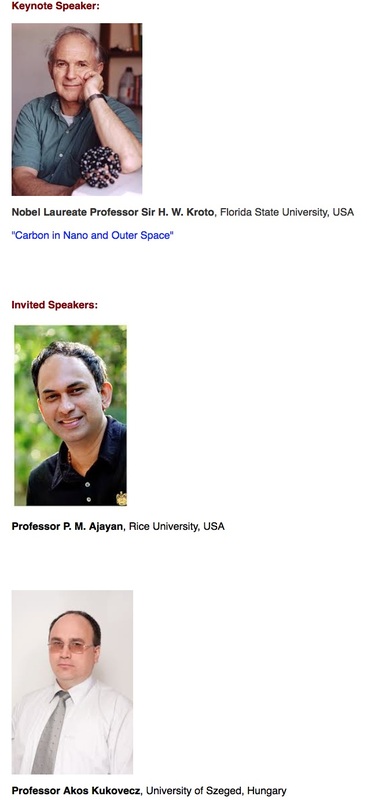
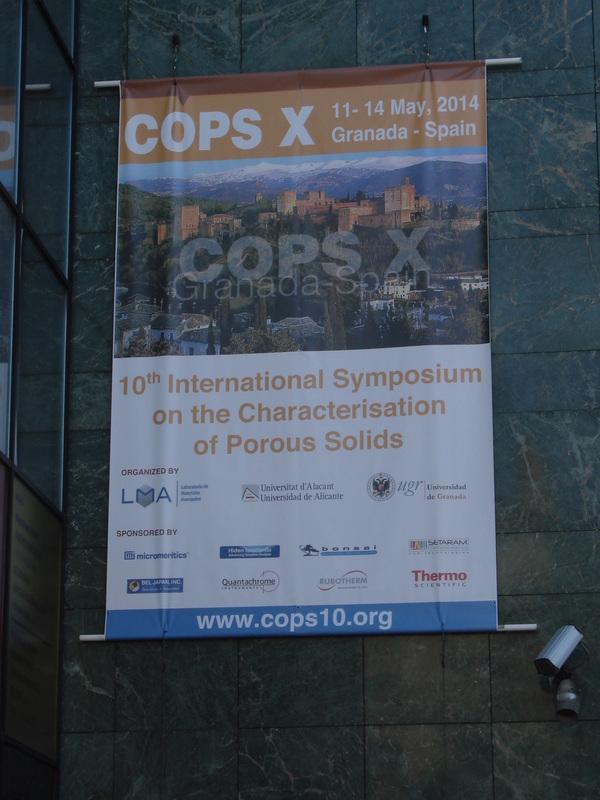

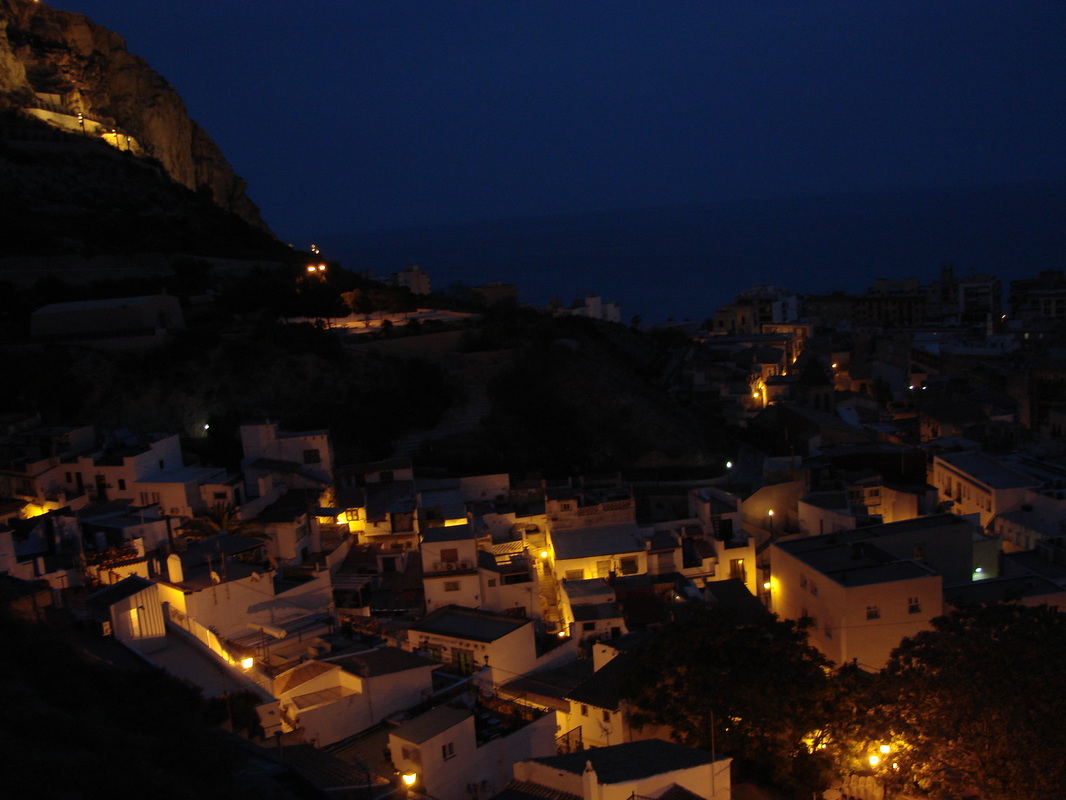
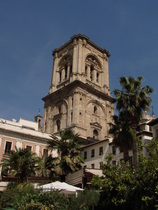
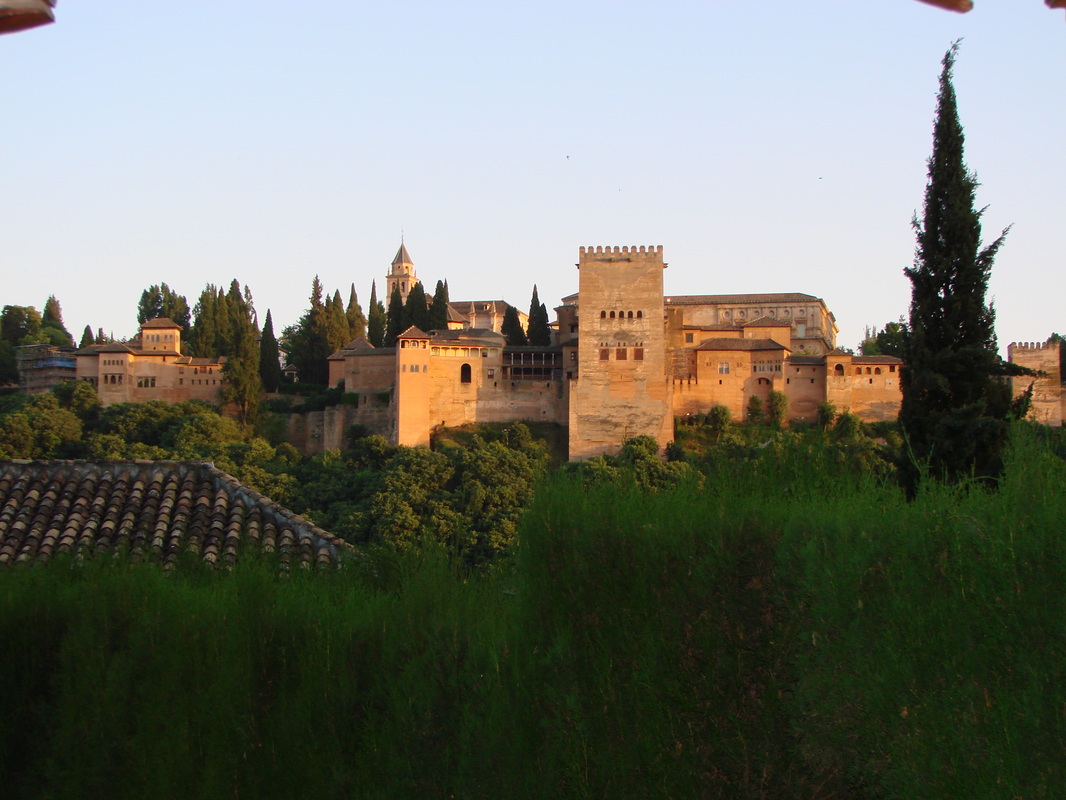
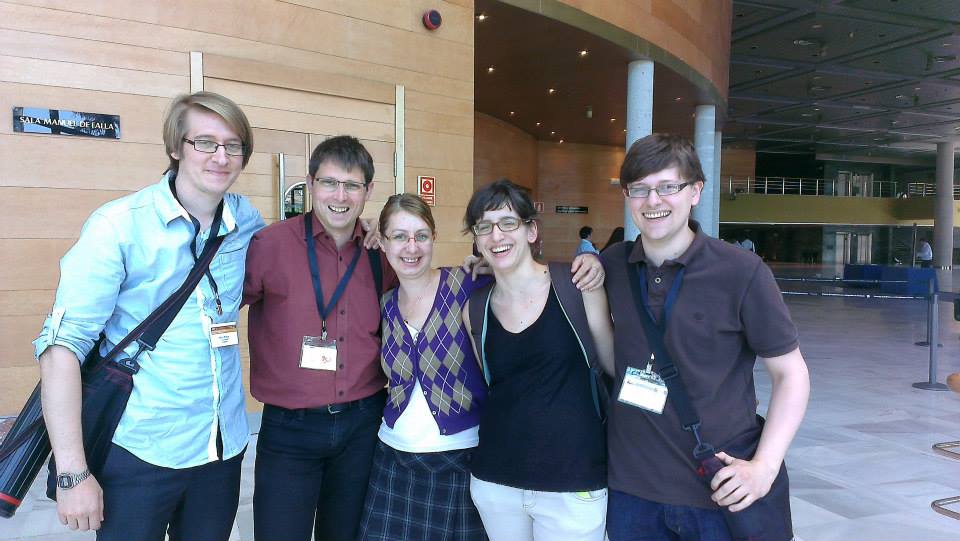
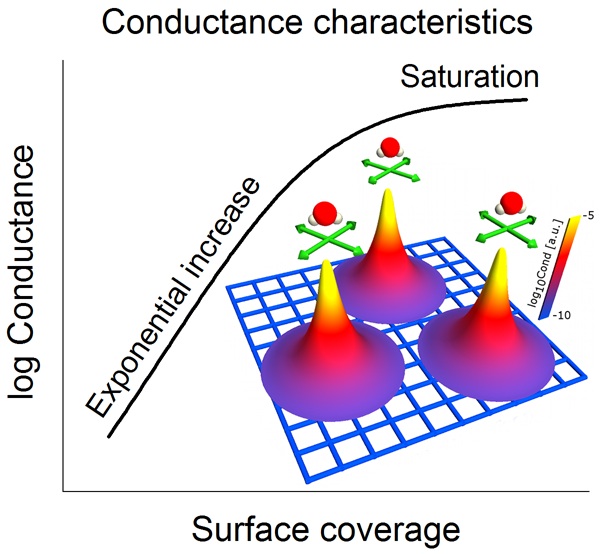
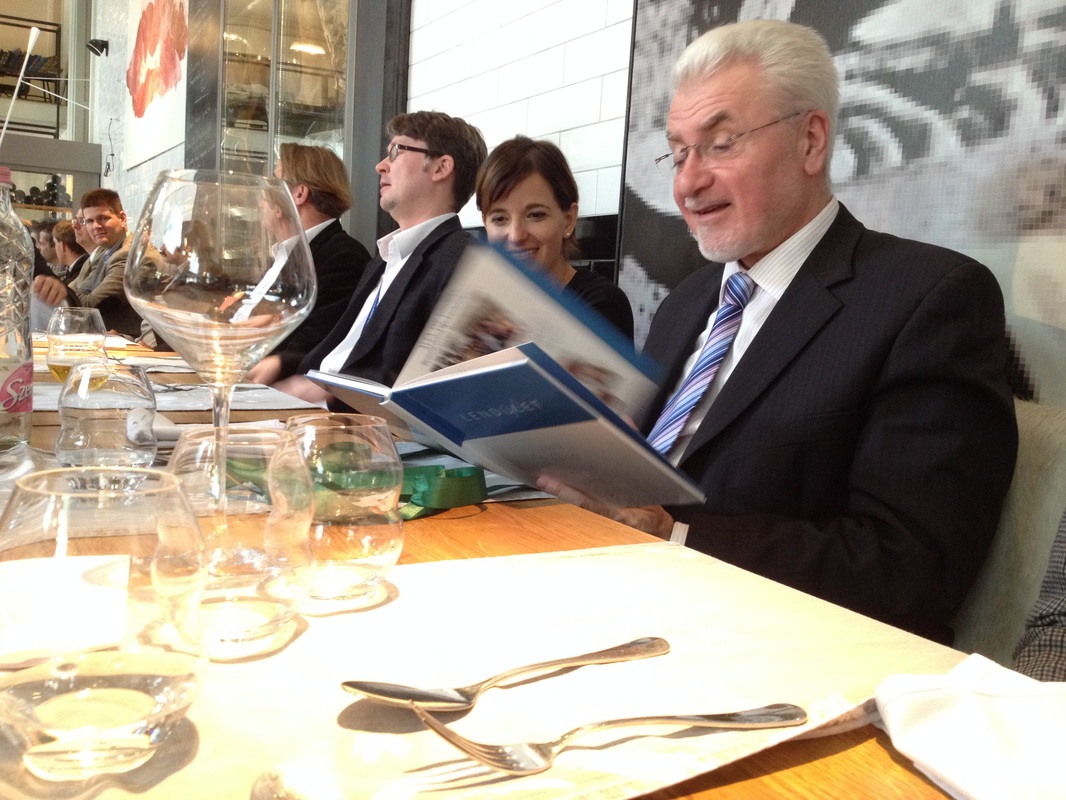
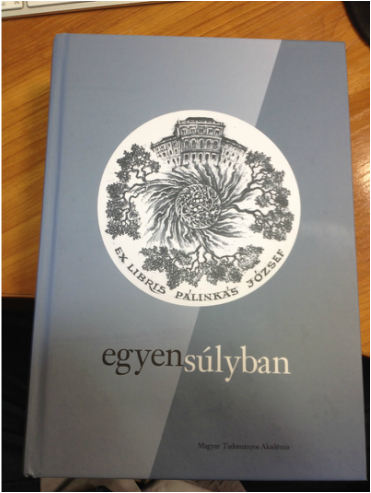
 RSS Feed
RSS Feed
